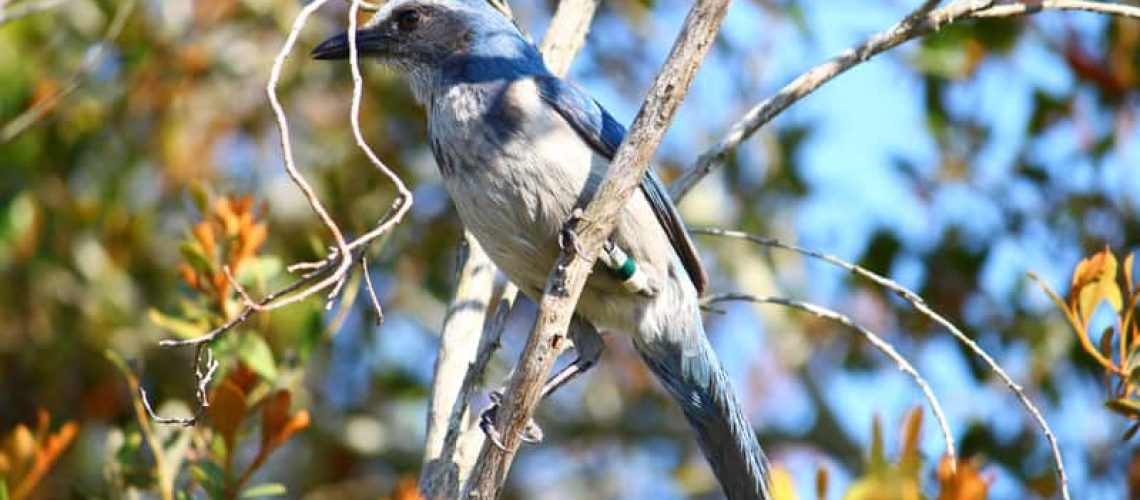Southwest Florida is blessed with an abundance of bird species thanks to the nature conservation policies of the Sunshine State. If you have an interest in bird-watching, you can turn your garden into a welcoming feeding spot for both native and migratory birds; this is a great way to get children interested in natural sciences such as biology, ecology, and botany.
Your home garden can easily attract birds by offering certain elements that are common to their habitats. Your first thought will probably be a bird feeder; however, you should start with vegetation and water.
Birds are naturally attracted to the native plants primarily found in their habitats; migratory birds return to their seasonal spots based on the plant life they encounter. For Southwest Florida, you may want to plant Gaillardia, Golden Canna, Black-eyed Susan, Pickerel Weed, Bee Balm (Horsemint), and other Everglades species. Keep in mind that these are not perennials and may require some extra watering. Sea Grape and Saw Palmetto may attract larger birds such as the large white herons looking for berries as well as the insects that live in these plants.
In addition to native plants, a water source will prove irresistible for birds. The small puddles and pockets of water created by your sprinkler and drainage system will help in this regard, but you may also want to think about a birdbath. The commercial birdbaths made of a concrete pedestal supporting a basin are ideal for most gardens; fountains connected to the sprinkler system are even better because running water is something that birds enjoy, but they will be just as happy with a plastic bowl attached to a tree.
Speaking of water, if you want to attract hummingbirds you will need a special type of feeder that holds nectar or at least sugar water. These nectar feeders have a special shape to allow hummingbirds to hover as they feed, and they can be filled with a boiled mixture that is three parts water and one part sugar. This sugar water should be changed every four days so that hummingbirds do not end up drinking fermented water.
Bird feeders can be of the type that can be perched or hung, but they should not be located too close to thick ground vegetation that cats can use to hide while they stalk. If you have feline pets, you might want to keep them inside during the daytime and only let them prowl outside at night; otherwise, visiting birds may be endangered by your cats.
The type of bird feeder you choose will depend on the birds you wish to attract. Finches and cardinals are not too finicky about bird feeder structure, but pretty songbirds such as sparrows will only approach platform feeders.
Suet and fruit feeders attract a greater variety of bird species but keep in mind that these may require protection against pesky squirrels that can not only steal seeds and scare birds but also destroy feeders. Be sure to install feeders that have features to protect against squirrels, or else you will have to build a device to foil the approach of squirrels.
If you have questions about attracting birds to your garden, or if you need assistance in this regards, be sure to contact R&R Sprinkler and Landscape for all your landscaping needs.
R & R Sprinkler & Landscape
931 SE 11th Avenue
Cape Coral, FL 33990
(239) 772-2607

